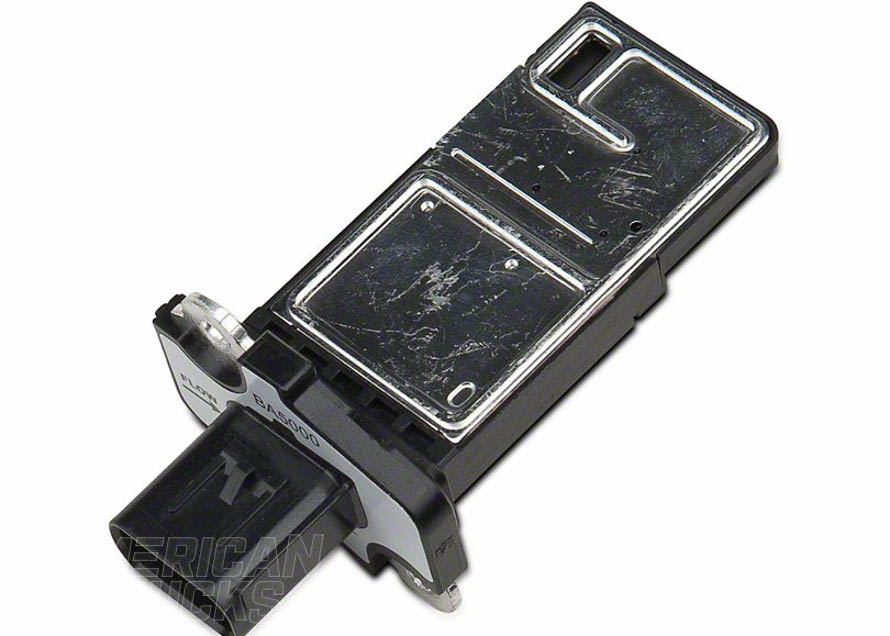Your F150’s engine is a symphony of parts working together to deliver strong low-end torque and solid to mid-range power. One of the most crucial parts in the whole orchestra is the mass air flow meter. The mass air flow meter is essential to keeping your fuel injected F150 running smoothly and powerfully. This guide will go over everything you need to know about your mass air flow meter and how to upgrade it.
Contents
- What is an F150 Mass Air Flow Meter & What Does it Do?
- How Does an F150 Mass Air Flow Meter Work?
- Why Should I Replace My Stock F150 MAF Sensor?
- Benefits of Upgrading Your F150's Mass Air Flow Meter
- How Hard is it to Replace an F150's Mass Air Flow Sensor?
- How Much Would it Cost for a Shop to Replace My F150's MAF Sensor?
- Do I Need to Tune My F150 if I Upgrade the MAF Sensor?
- What Else Should I Upgrade When Replacing My F150s MAF Sensor?
- Do All F150s Have a Mass Air Flow Sensor?
Shop F150 MAF Sensors
A smaller part of your overall intake system, the mass air flow sensor is what monitors the volume of air going into your engine. If you're looking to make the most of your incoming air, upgrading to a more accurate sensor and a tune is a must.
